Understanding Market Capitalization and Investment Potential
Introduction
Market capitalization plays a crucial role in shaping investment decisions, categorizing stocks into small-cap, mid-cap, and large-cap groups based on their total market value. Investors consider these classifications to assess risk, return potential, and growth opportunities. Small-cap stocks offer high growth but increased volatility, mid-cap stocks balance stability with expansion potential, and large-cap stocks provide reliability and steady returns. Understanding these differences helps investors build diversified portfolios that align with their financial goals and risk tolerance.
Defining Small-Cap, Mid-Cap, and Large-Cap Stocks
Market capitalization categorizes stocks into small-cap, mid-cap, and large-cap based on their total market value. Small-cap stocks typically have market capitalizations between $300 million and $2 billion, mid-cap stocks range from $2 billion to $10 billion, and large-cap stocks exceed $10 billion. These classifications help investors assess risk, growth potential, and investment strategies. Large-cap stocks, such as Apple AAPL, tend to offer stability, while small-cap stocks present higher growth opportunities but increased volatility. Each market capitalization category has distinct characteristics and investment appeal. Small-cap stocks often belong to emerging companies with high growth potential but face liquidity challenges and market fluctuations. Mid-cap stocks provide a balance between growth and stability, making them attractive for investors seeking moderate risk. Large-cap stocks, including Microsoft MSFT, are well-established, offering consistent returns and dividend payouts.
Examples of companies within each category illustrate their market positioning. Small-cap stocks like Celsius Holdings CELH have gained traction due to rapid expansion. Mid-cap stocks such as Procore Technologies PCOR demonstrate steady growth in specialized industries. Large-cap stocks, including JPMorgan Chase JPM, dominate their sectors with strong financials and market influence.
Sources:
VanEck
Investopedia
Risk and Return Profiles Across Market Capitalizations
Small-cap stocks offer high growth potential but come with increased volatility. These companies, often in emerging industries, experience rapid price fluctuations due to market sentiment and economic conditions. While small-cap stocks can deliver substantial returns, they also carry higher risks, making them suitable for investors with a long-term outlook and a higher risk tolerance. Companies like Celsius Holdings CELH exemplify the growth opportunities within this category, benefiting from expanding market demand and innovation. Mid-cap stocks provide a balance between stability and growth, making them attractive for investors seeking moderate risk exposure. These companies have established market positions but still possess room for expansion.
Firms such as Procore Technologies PCOR demonstrate steady growth, benefiting from industry trends and increasing market share. Large-cap stocks are known for their predictability and dividend appeal, making them ideal for conservative investors. Large-cap stocks, such as JPMorgan Chase JPM, provide stability and reliable returns, often paying dividends that contribute to long-term portfolio growth.
Sources:
VanEck
MSCI
Sector Trends and Market Capitalization Performance
Different sectors play a crucial role in influencing stock performance across market capitalizations. Technology stocks, such as Nvidia NVDA and Microsoft MSFT, often exhibit high growth potential, driving large-cap valuations upward. Meanwhile, healthcare stocks, including Johnson & Johnson JNJ, provide stability due to consistent demand. Small-cap stocks in emerging industries, such as renewable energy and biotech, experience rapid price fluctuations based on innovation cycles and regulatory developments. Historical trends show that small-cap stocks tend to outperform during economic expansions, while large-cap stocks provide resilience during downturns. Mid-cap stocks, such as Procore Technologies PCOR, often bridge the gap between growth and stability, adapting to market conditions. Over the past two decades, technology and healthcare have gained dominance in market capitalization, while traditional sectors like energy and industrials have seen shifts in valuation due to economic and policy changes.
During periods of economic growth, small-cap stocks benefit from increased investor confidence and capital inflows. Conversely, recessions lead to a flight to safety, favoring large-cap stocks with strong financials and dividend stability. Mid-cap stocks adjust to these cycles, offering moderate risk exposure. Investors tracking sector trends and economic shifts can optimize portfolio allocations to align with market conditions and long-term investment goals.
Sources:
Moneycontrol
FasterCapital
Portfolio Allocation Strategies
Large-cap stocks, such as Microsoft MSFT, provide stability and predictable earnings, while mid-cap stocks offer moderate growth potential with manageable risk. Small-cap stocks, including Celsius Holdings CELH, present high-growth opportunities but come with increased volatility. Diversification benefits arise from including all three market capitalizations in a portfolio. A well-balanced mix of large-cap, mid-cap, and small-cap stocks reduces exposure to sector-specific downturns and enhances long-term resilience. Large-cap stocks ensure steady returns, mid-cap stocks provide growth potential, and small-cap stocks offer aggressive expansion opportunities.
Investors seeking stability may prioritize large-cap stocks, while those aiming for higher returns may incorporate mid-cap and small-cap stocks. Sector trends, economic cycles, and valuation metrics play a crucial role in determining the right mix. Companies like JPMorgan Chase JPM and Procore Technologies PCOR exemplify how different market capitalizations contribute to portfolio performance.
Sources:
Vanguard
SmartAsset
Long-Term Investment Considerations
Growth investing vs. value investing across market caps presents distinct opportunities for investors. Growth stocks, such as Nvidia NVDA, typically trade at higher valuations due to strong future earnings potential. Value stocks, including JPMorgan Chase JPM, are often priced lower relative to their fundamentals, offering stability and long-term appreciation. Dividend potential and reinvestment strategies play a crucial role in long-term portfolio growth. Large-cap stocks, such as Johnson & Johnson JNJ, often provide consistent dividend payouts, allowing investors to reinvest earnings for compounded returns. Mid-cap stocks may offer growing dividends as companies expand, while small-cap stocks typically reinvest profits into business development rather than paying dividends.
Market capitalization affects long-term portfolio resilience by influencing risk exposure and return potential. Large-cap stocks provide stability during economic downturns, while mid-cap stocks balance growth and security. Small-cap stocks, such as Celsius Holdings CELH, offer high growth potential but require careful risk management.
Sources:
The Motley Fool
Investopedia
Conclusion
Investing in small-cap, mid-cap, and large-cap stocks requires a strategic approach that balances risk, growth potential, and portfolio resilience. While small-cap stocks offer aggressive expansion opportunities, they come with higher volatility. Mid-cap stocks provide a middle ground between stability and growth, while large-cap stocks ensure consistent returns and dividend income. A well-diversified portfolio incorporating all three market capitalizations allows investors to optimize performance and navigate market fluctuations effectively. Understanding market trends, sector dynamics, and individual stock fundamentals is key to making informed investment decisions and maximizing long-term financial success.
Expert Analysis: How Market Capitalization Shapes Investment Success
Strategic Portfolio Allocation for Long-Term Growth
Investors often overlook the importance of balancing small-cap, mid-cap, and large-cap stocks in their portfolios. While small-cap stocks offer high growth potential, they come with increased volatility. Mid-cap stocks provide a balance between risk and reward, while large-cap stocks ensure stability. A well-diversified portfolio incorporating all three categories can optimize returns while mitigating market fluctuations.
📌Read More About:
Top Large Cap Stocks- https://stockbossup.com/pages/topics/large-cap
Should I Invest in a Small, Mid, or Large-Cap?- https://stockbossup.com/pages/post/38766/should-i-invest-in-a-small-mid-or-large-cap
Is it Better to Invest in Small-Cap or Large-Cap?- https://www.stockbossup.com/pages/post/38826/is-it-better-to-invest-in-small-cap-or-large-cap
Is it Better to Invest in Mid-Cap or Large-Cap?- https://stockbossup.com/pages/post/39130/mid-cap-vs-large-cap-stocks-which-investment-strategy-yields-better-returns
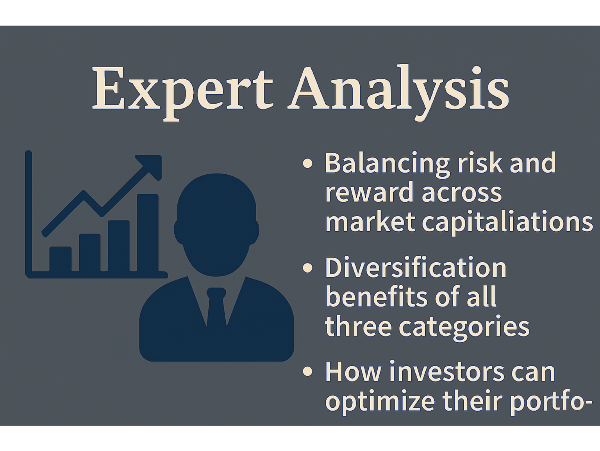


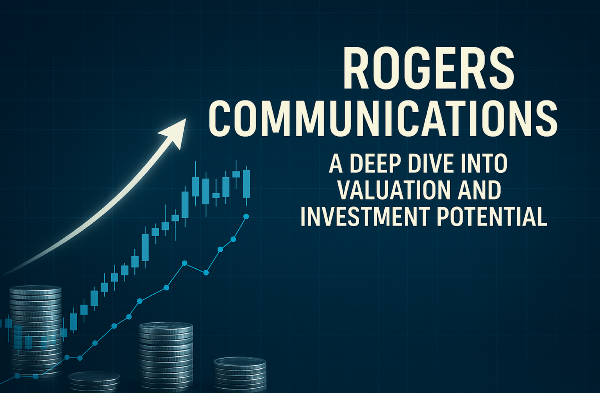
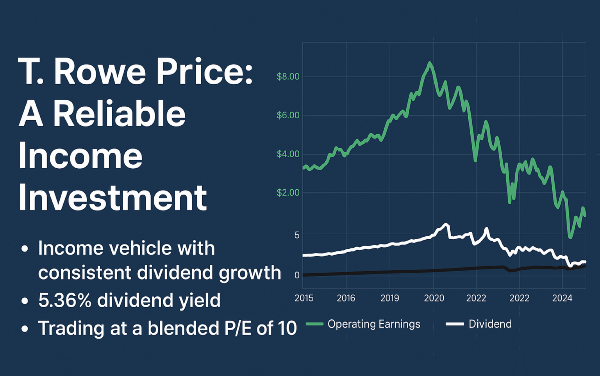
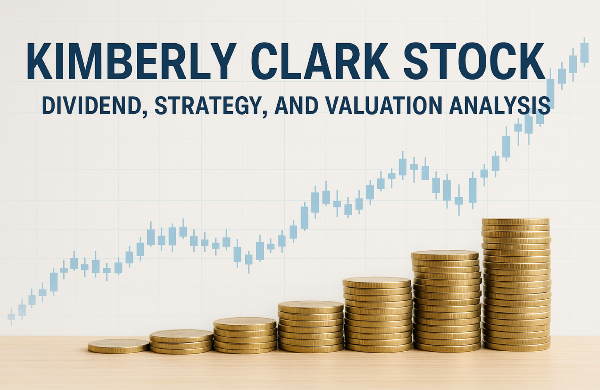

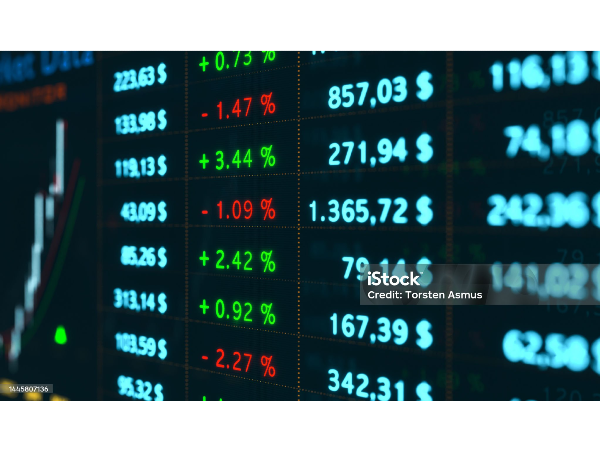


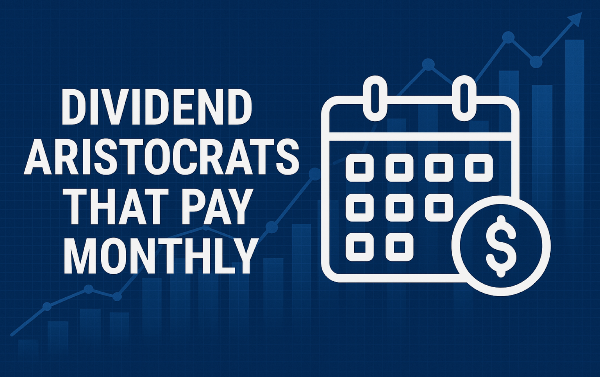
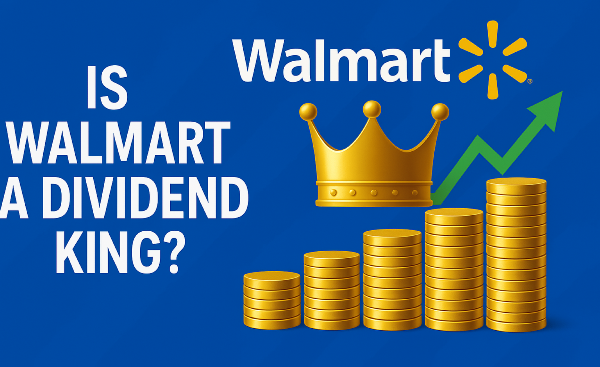





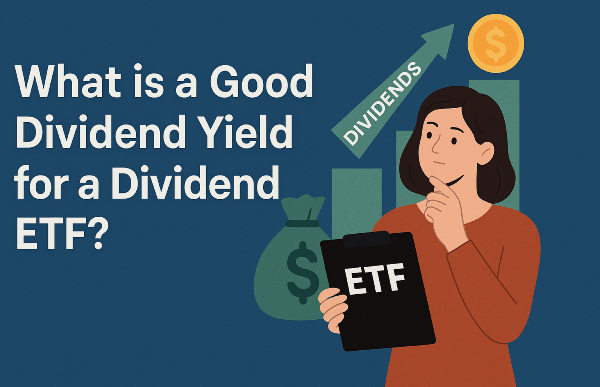
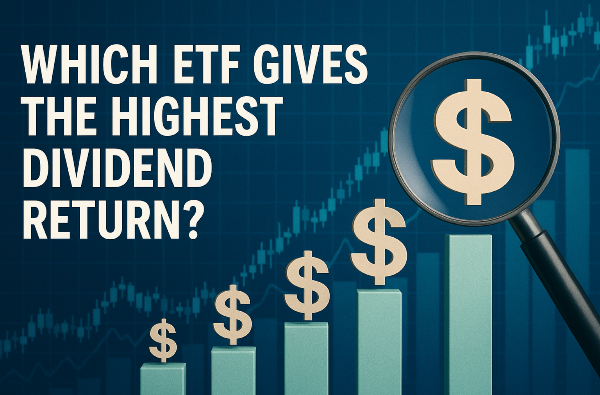


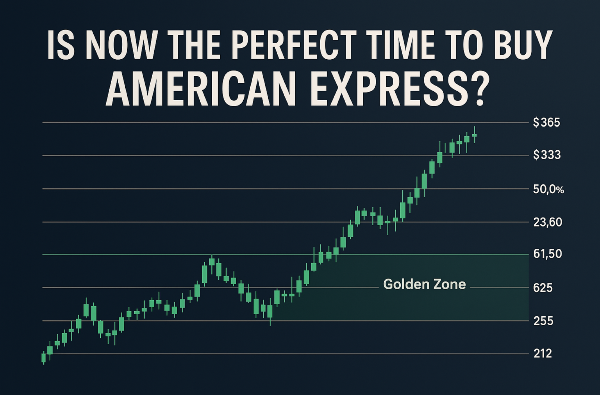








Understanding Market Capitalization and Investment Potential
Introduction
Market capitalization plays a crucial role in shaping investment decisions, categorizing stocks into small-cap, mid-cap, and large-cap groups based on their total market value. Investors consider these classifications to assess risk, return potential, and growth opportunities. Small-cap stocks offer high growth but increased volatility, mid-cap stocks balance stability with expansion potential, and large-cap stocks provide reliability and steady returns. Understanding these differences helps investors build diversified portfolios that align with their financial goals and risk tolerance.
Defining Small-Cap, Mid-Cap, and Large-Cap Stocks
Market capitalization categorizes stocks into small-cap, mid-cap, and large-cap based on their total market value. Small-cap stocks typically have market capitalizations between $300 million and $2 billion, mid-cap stocks range from $2 billion to $10 billion, and large-cap stocks exceed $10 billion. These classifications help investors assess risk, growth potential, and investment strategies. Large-cap stocks, such as Apple AAPL, tend to offer stability, while small-cap stocks present higher growth opportunities but increased volatility. Each market capitalization category has distinct characteristics and investment appeal. Small-cap stocks often belong to emerging companies with high growth potential but face liquidity challenges and market fluctuations. Mid-cap stocks provide a balance between growth and stability, making them attractive for investors seeking moderate risk. Large-cap stocks, including Microsoft MSFT, are well-established, offering consistent returns and dividend payouts.
Examples of companies within each category illustrate their market positioning. Small-cap stocks like Celsius Holdings CELH have gained traction due to rapid expansion. Mid-cap stocks such as Procore Technologies PCOR demonstrate steady growth in specialized industries. Large-cap stocks, including JPMorgan Chase JPM, dominate their sectors with strong financials and market influence.
Sources:
VanEck Investopedia
Risk and Return Profiles Across Market Capitalizations
Small-cap stocks offer high growth potential but come with increased volatility. These companies, often in emerging industries, experience rapid price fluctuations due to market sentiment and economic conditions. While small-cap stocks can deliver substantial returns, they also carry higher risks, making them suitable for investors with a long-term outlook and a higher risk tolerance. Companies like Celsius Holdings CELH exemplify the growth opportunities within this category, benefiting from expanding market demand and innovation. Mid-cap stocks provide a balance between stability and growth, making them attractive for investors seeking moderate risk exposure. These companies have established market positions but still possess room for expansion.
Firms such as Procore Technologies PCOR demonstrate steady growth, benefiting from industry trends and increasing market share. Large-cap stocks are known for their predictability and dividend appeal, making them ideal for conservative investors. Large-cap stocks, such as JPMorgan Chase JPM, provide stability and reliable returns, often paying dividends that contribute to long-term portfolio growth.
Sources:
VanEck MSCI
Sector Trends and Market Capitalization Performance
Different sectors play a crucial role in influencing stock performance across market capitalizations. Technology stocks, such as Nvidia NVDA and Microsoft MSFT, often exhibit high growth potential, driving large-cap valuations upward. Meanwhile, healthcare stocks, including Johnson & Johnson JNJ, provide stability due to consistent demand. Small-cap stocks in emerging industries, such as renewable energy and biotech, experience rapid price fluctuations based on innovation cycles and regulatory developments. Historical trends show that small-cap stocks tend to outperform during economic expansions, while large-cap stocks provide resilience during downturns. Mid-cap stocks, such as Procore Technologies PCOR, often bridge the gap between growth and stability, adapting to market conditions. Over the past two decades, technology and healthcare have gained dominance in market capitalization, while traditional sectors like energy and industrials have seen shifts in valuation due to economic and policy changes.
During periods of economic growth, small-cap stocks benefit from increased investor confidence and capital inflows. Conversely, recessions lead to a flight to safety, favoring large-cap stocks with strong financials and dividend stability. Mid-cap stocks adjust to these cycles, offering moderate risk exposure. Investors tracking sector trends and economic shifts can optimize portfolio allocations to align with market conditions and long-term investment goals.
Sources:
Moneycontrol FasterCapital
Portfolio Allocation Strategies
Large-cap stocks, such as Microsoft MSFT, provide stability and predictable earnings, while mid-cap stocks offer moderate growth potential with manageable risk. Small-cap stocks, including Celsius Holdings CELH, present high-growth opportunities but come with increased volatility. Diversification benefits arise from including all three market capitalizations in a portfolio. A well-balanced mix of large-cap, mid-cap, and small-cap stocks reduces exposure to sector-specific downturns and enhances long-term resilience. Large-cap stocks ensure steady returns, mid-cap stocks provide growth potential, and small-cap stocks offer aggressive expansion opportunities.
Investors seeking stability may prioritize large-cap stocks, while those aiming for higher returns may incorporate mid-cap and small-cap stocks. Sector trends, economic cycles, and valuation metrics play a crucial role in determining the right mix. Companies like JPMorgan Chase JPM and Procore Technologies PCOR exemplify how different market capitalizations contribute to portfolio performance.
Sources:
Vanguard SmartAsset
Long-Term Investment Considerations
Growth investing vs. value investing across market caps presents distinct opportunities for investors. Growth stocks, such as Nvidia NVDA, typically trade at higher valuations due to strong future earnings potential. Value stocks, including JPMorgan Chase JPM, are often priced lower relative to their fundamentals, offering stability and long-term appreciation. Dividend potential and reinvestment strategies play a crucial role in long-term portfolio growth. Large-cap stocks, such as Johnson & Johnson JNJ, often provide consistent dividend payouts, allowing investors to reinvest earnings for compounded returns. Mid-cap stocks may offer growing dividends as companies expand, while small-cap stocks typically reinvest profits into business development rather than paying dividends.
Market capitalization affects long-term portfolio resilience by influencing risk exposure and return potential. Large-cap stocks provide stability during economic downturns, while mid-cap stocks balance growth and security. Small-cap stocks, such as Celsius Holdings CELH, offer high growth potential but require careful risk management.
Sources:
The Motley Fool Investopedia
Conclusion
Investing in small-cap, mid-cap, and large-cap stocks requires a strategic approach that balances risk, growth potential, and portfolio resilience. While small-cap stocks offer aggressive expansion opportunities, they come with higher volatility. Mid-cap stocks provide a middle ground between stability and growth, while large-cap stocks ensure consistent returns and dividend income. A well-diversified portfolio incorporating all three market capitalizations allows investors to optimize performance and navigate market fluctuations effectively. Understanding market trends, sector dynamics, and individual stock fundamentals is key to making informed investment decisions and maximizing long-term financial success.
Expert Analysis: How Market Capitalization Shapes Investment Success
Strategic Portfolio Allocation for Long-Term Growth
Investors often overlook the importance of balancing small-cap, mid-cap, and large-cap stocks in their portfolios. While small-cap stocks offer high growth potential, they come with increased volatility. Mid-cap stocks provide a balance between risk and reward, while large-cap stocks ensure stability. A well-diversified portfolio incorporating all three categories can optimize returns while mitigating market fluctuations.
📌Read More About:
Top Large Cap Stocks- https://stockbossup.com/pages/topics/large-cap
Should I Invest in a Small, Mid, or Large-Cap?- https://stockbossup.com/pages/post/38766/should-i-invest-in-a-small-mid-or-large-cap
Is it Better to Invest in Small-Cap or Large-Cap?- https://www.stockbossup.com/pages/post/38826/is-it-better-to-invest-in-small-cap-or-large-cap
Is it Better to Invest in Mid-Cap or Large-Cap?- https://stockbossup.com/pages/post/39130/mid-cap-vs-large-cap-stocks-which-investment-strategy-yields-better-returns